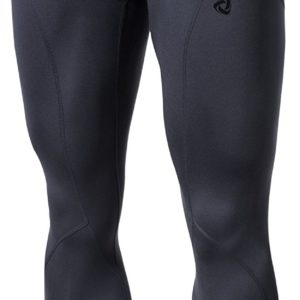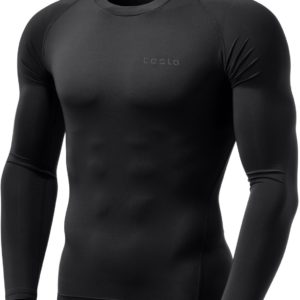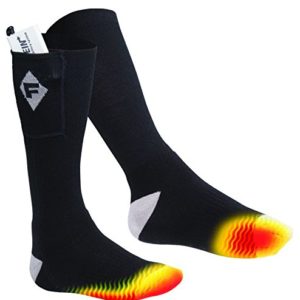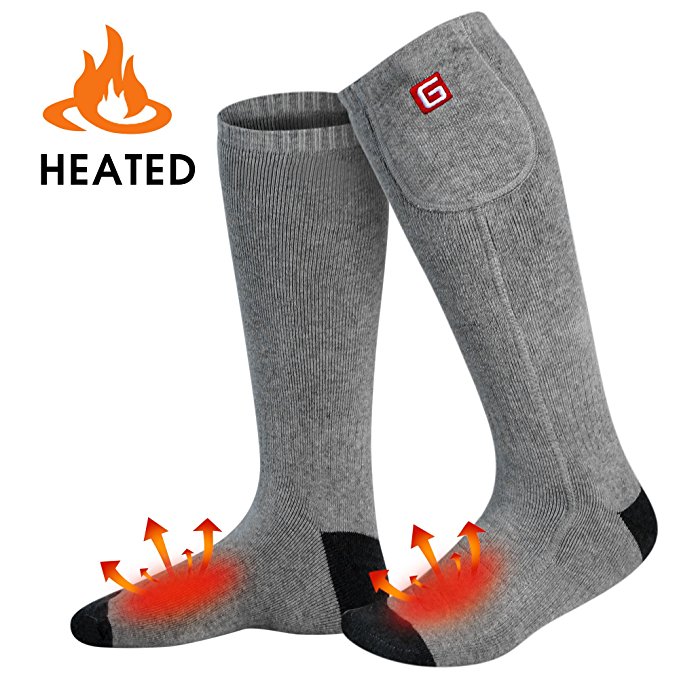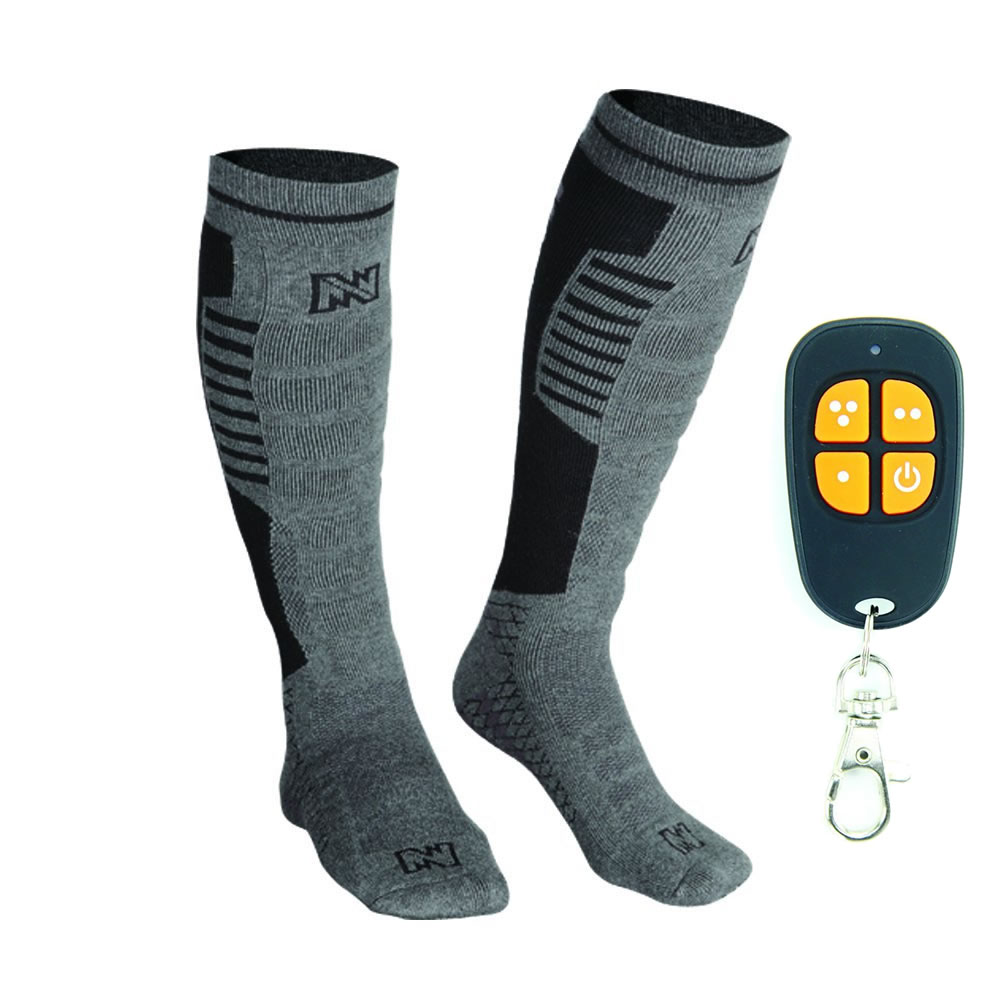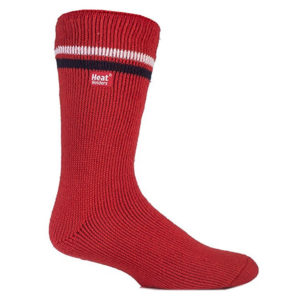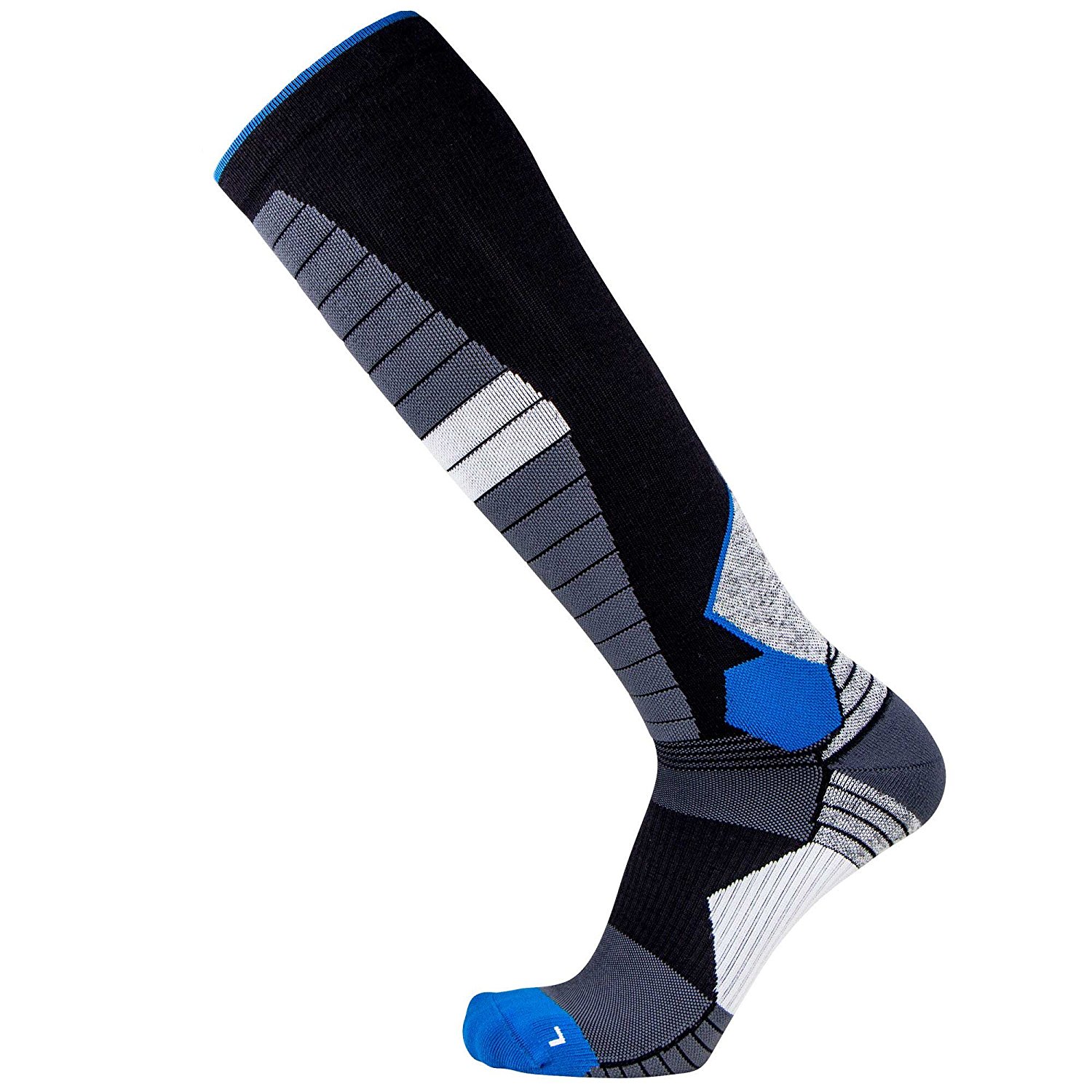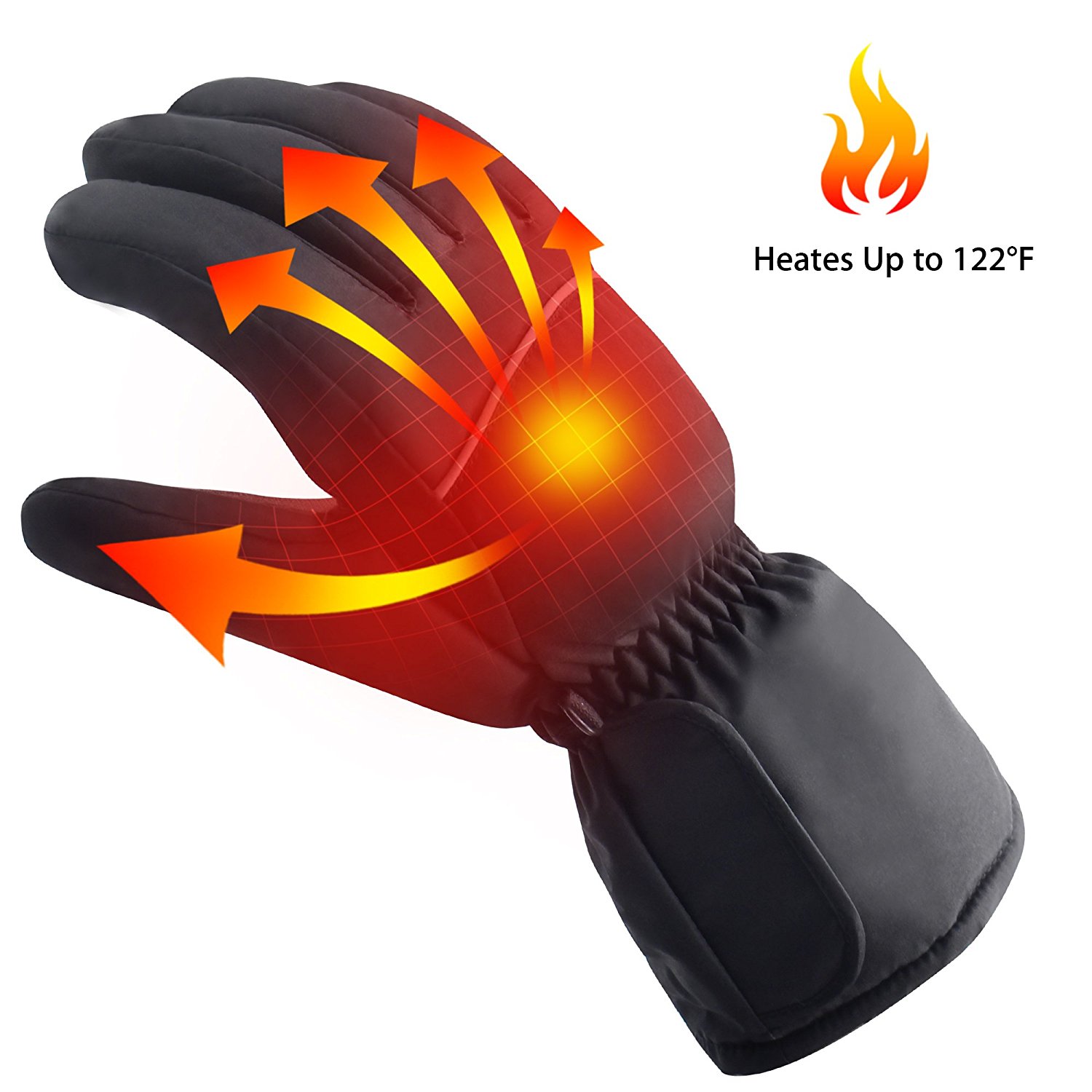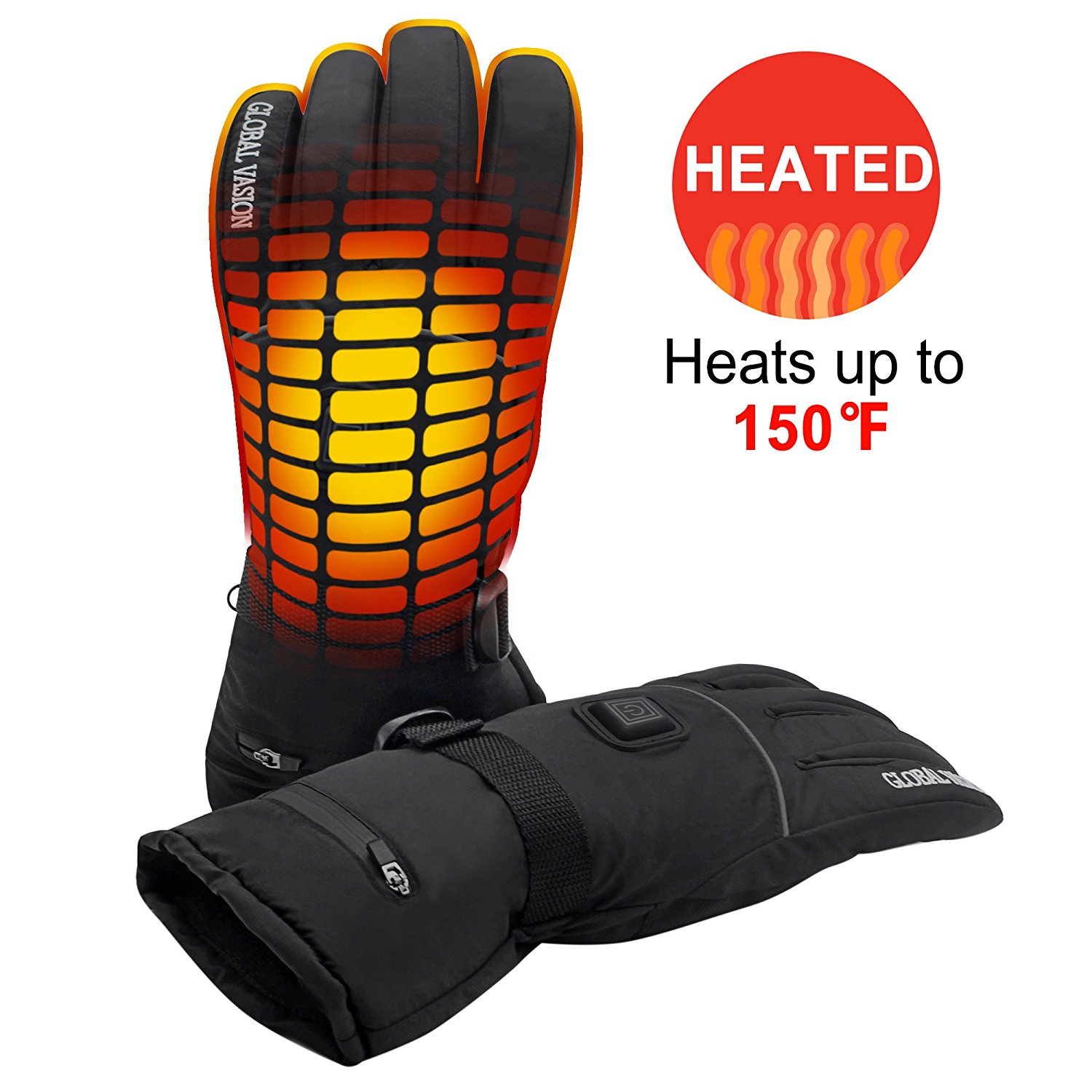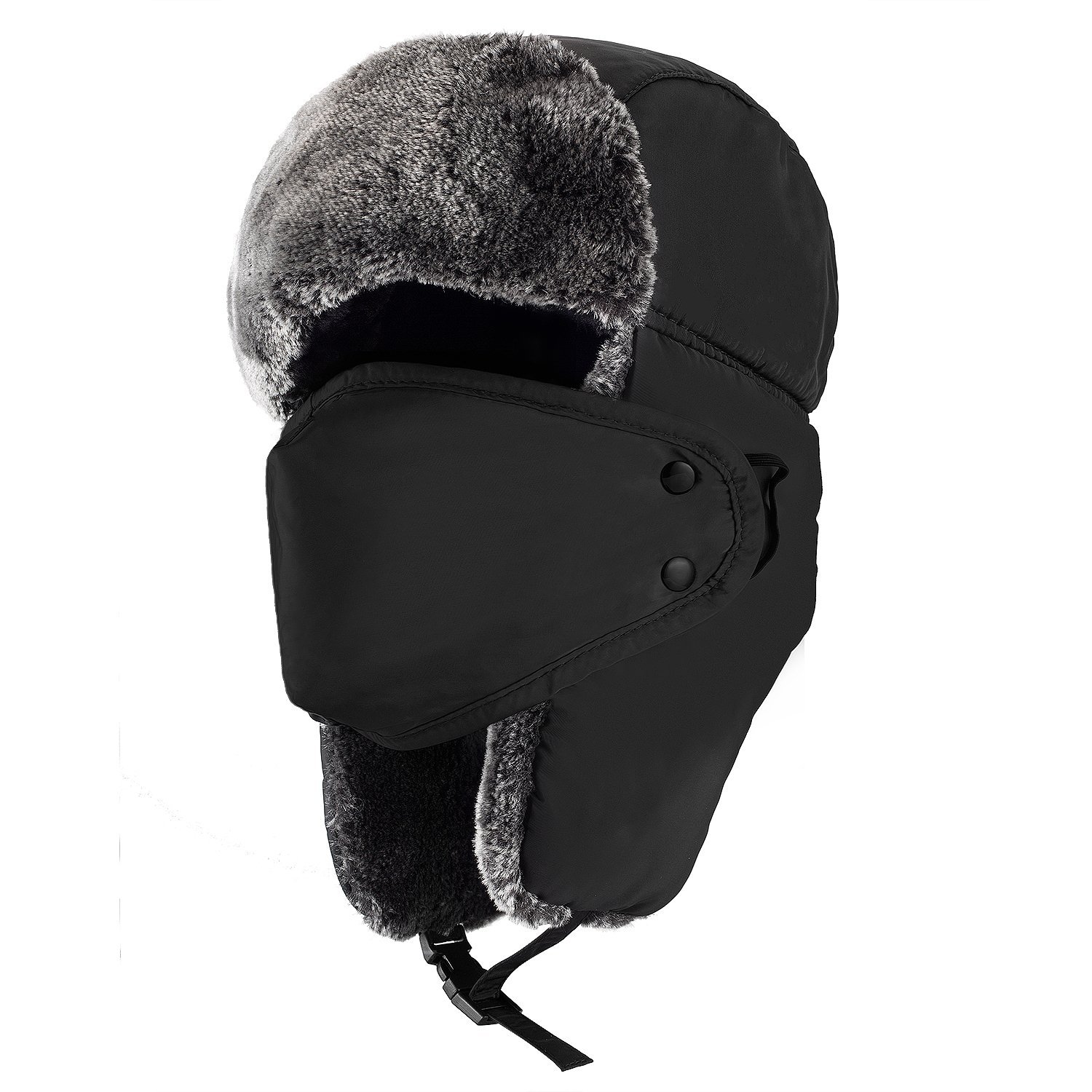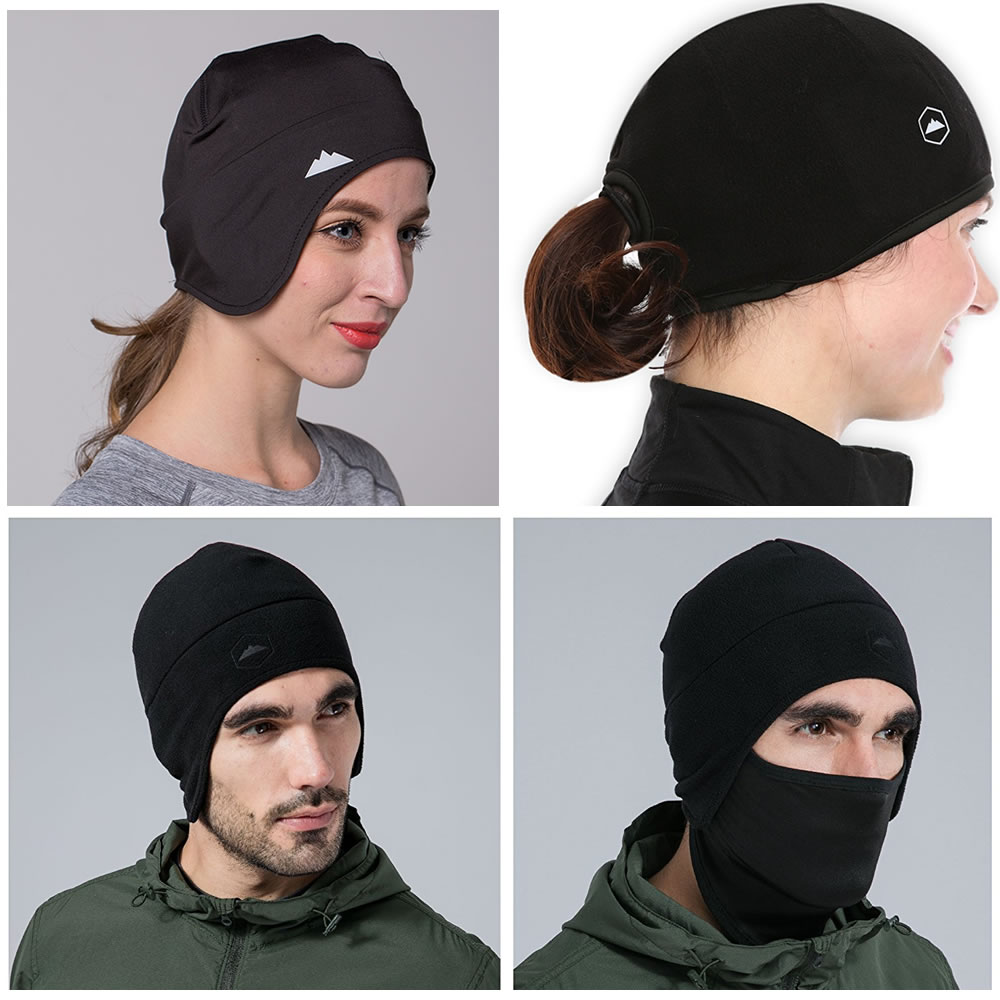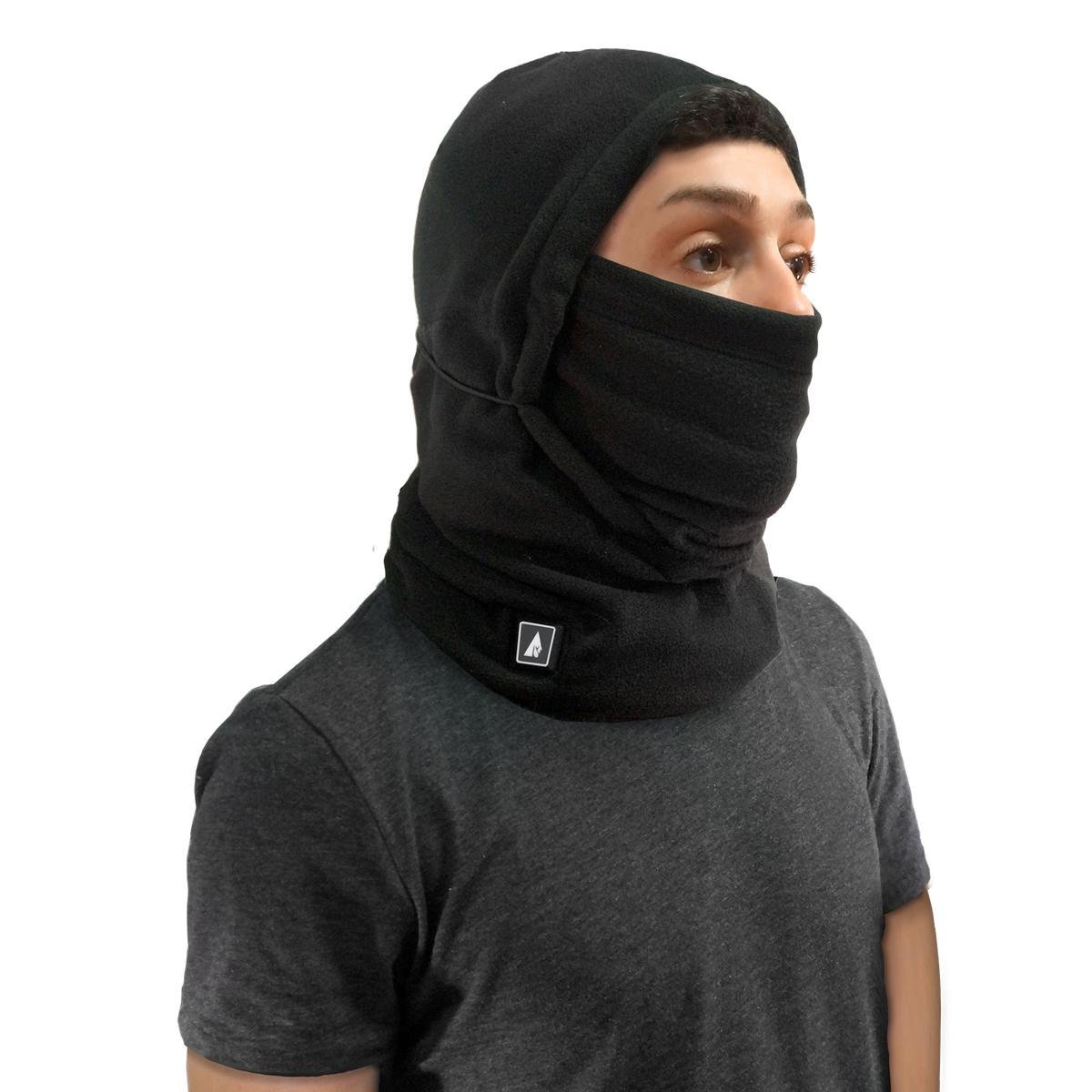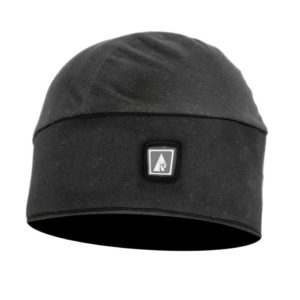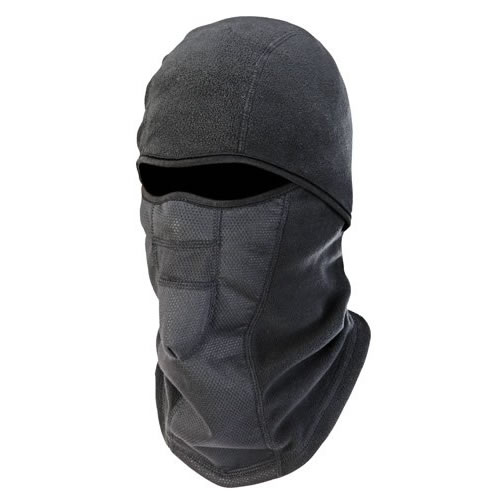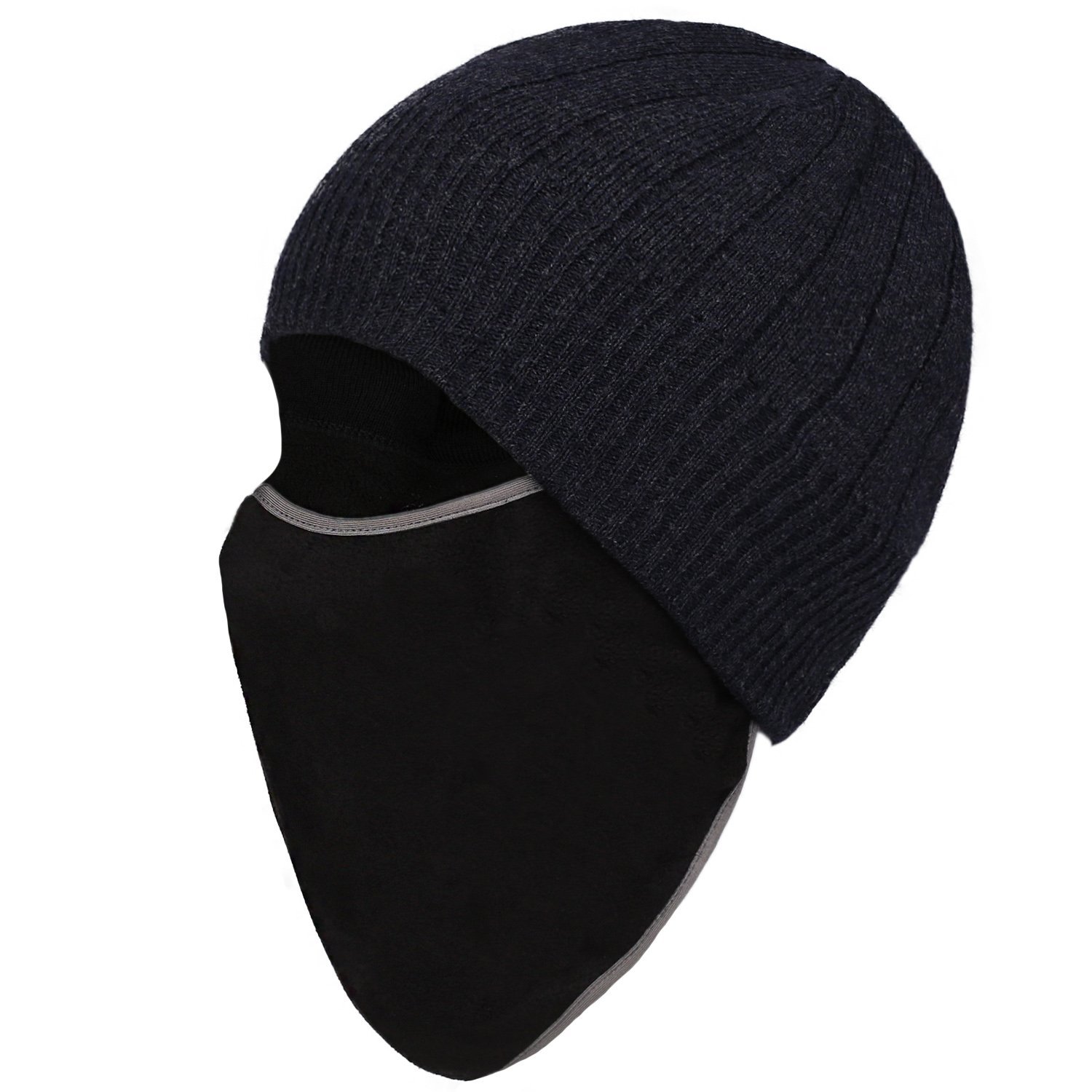I’m a big fan of winter sports like skiing and snowboarding. I’m just not a fan of the cold, at all.
What once felt like an impossibility has become a reality in the past few years. Advancements in electric heated apparel really made many winter activities possible for me. I’m no longer cooped up in the house for months, instead I’m more confident than ever to go outside and just have fun. And its all due to using proper thermal and electric apparel, equipment and gadgets available on the market.
Skiing is an activity requiring plenty of flexibility and movement, which is always difficult if you need to wear 3 or more layers of clothing to get warm. I always felt like a suffocating grizzly wearing several shirts, sweaters and thick winter jackets. Truth be told, I felt silly.
With proper thermal and electric apparel I was able to get rid of heavy and bulky layers of clothing. Focusing heat on critical body parts and extremities can do wonders, and enjoying winter sports has never been more enjoyable for me.
I could barely force myself to visit Copper Mountain once or twice a year, but I’ve made dozens of trips over the last few years. It all changed once I started discovering all the different ways to stay toasty warm in wind and snow.
Below I’ll outline just some of the ways I learned to stay warm during skiing. The same can easily work for snowboarding, sleighing, snowball fights or whatever else your heart desires.
Thermal and compression under-layers
Wearing two t-shirts or two sweaters is extremely uncomfortable. It’s bulky and hinders your movement a great deal. Proper thermal compression underlayer is easily worth two layers of regular clothes, and it’s the main way I keep myself warm during winter.
Thermal under layers or underarmor will keep majority of heat generated by your body from escaping. Modern thermal underlayers are usually made of breathable materials which prevent excessive sweating, but at the same time your body heat doesn’t just evaporate like with regular materials. This ensures long lasting self-sustained heat which helps you stay warm during skiing or any winter activity.
I also always use compression apparel as well. Compression clothes fit snugly and do not cause me any discomfort or chafing at all. They don’t itch or get pulled down or up or anywhere they shouldn’t. This isn’t the case with regular cotton long johns people are used to wearing. Compression clothing also helps prevent muscle fatigue, which is very important for an intense physical activity such as skiing.
It can be difficult to go through your winter jacket and sweater and fix anything you’re wearing underneath it all. Not to mention taking off any outer layer of clothing in harsh cold can further expose your body to the elements. Compression clothing will stay put. Proper thermal compression layer is like wearing a second skin and besides feeling the heat, I don’t even know I have it on.
Make sure you see our entire Thermal Base Layer product category to find the best thermal pants and shirts for you!
Electric socks
Electric socks are possibly the best trick I learned for keeping myself warm. My feet are always cold, and low circulation in legs can make you always feel cold no matter the temperature. Even if its 60°F outside, if my feet are cold, I’ll be cold over my entire body.
Electric socks help me get warmed up quickly and they continue warming me up for hours. Most socks even on lower temperature settings are enough to prevent extreme cold feet. There’s no single piece of clothing that will keep you as warm as electric heated socks will.
When buying electric socks for skiing you need to first and foremost pay attention to battery placement. Batteries located at knee level or on waist are best as they won’t get in the way of your skiing boots.
If your budget allows you should strongly consider electric socks with remote control. Pulling down your thick skiing pants or boots in the middle of a slope to change heat settings is a huge inconvenience. Remote control will allow you to adjust temperature or turn socks on and off as you please.
Thermal socks
I shouldn’t even have to mention it, but thermal socks are an absolute must have for skiing too. That is unless you have electric socks, which are far superior for my legs.
Thermal socks alone just never cut it for me. How are thermal socks supposed to keep my feet warm when they’re always stone cold? In extreme and ongoing cold my feet will never warm up making thermal socks useless. Electric socks actually generate heat which is otherwise absent and I wouldn’t trade them for any number of thermal sock pairs.
You can always wear two pairs of socks, one thermal and one electric. I find two pairs bulky and unnecessary and prefer to rely on electric ones, but if you have room in your skiing boots you can always double down.
Electric gloves
Regular thick thermal winter gloves are enough for most people, but if you need to go a step further you should consider electric heated gloves. Because honestly, why not? Your hands and fingers deserve to feel toasty warm regardless of the temperature.
Good pair of quality-made thermal gloves for skiing can easily cost nearly as much as these electric heated ones, so they’re worth taking a look at. You will likely never be skiing without gloves anyway, so gloves aren’t even an additional layer you need to put on.
Thermal hats
Fleece or wool, or some combination of warm thermal materials is crucial for the head. Keep your ears, forehead and scalp covered and your head will thank you many times over.
There are several decent electric heated hats available on the market, though I personally don’t find them particularly crucial to have. Unless I’m taking the hat off many times I can keep my head and ears warmed. But if you need an extra touch of warmth you can definitely consider it.
As long as your head is sufficiently covered it doesn’t matter whether you choose a regular or electric hat.
Balaclava – Ski mask
Wearing a balaclava felt very unusual at first, but I certainly got used to it fast. I’m not one for drawing any attention to myself, so walking around the city wearing a balaclava always attracts some unnecessary attention and unwelcome looks. But I figured, nobody knows who’s underneath it anyway so why should I feel embarrassed.
This of course isn’t too big of a deal while skiing since ski masks are common for this activity (thus the name). But I got so used to having my face warm that I often took walks around the city in one. If you don’t mind occasional weird looks, ski masks or balaclavas are absolutely fantastic to wear.
Ergodyne’s N-Ferno is no doubt the best head warming product you can get. You will not believe how warm it is and I absolutely recommend it! You will be convinced as soon as you check some of the immensely positive reviews it received. If you need your face to stay warm while skiing, this product is a must have.
For urban ninjas ZPbliss’s beanie hat with face cover is an excellent alternative. It’s an elegant beanie hat, but with an option to easily pull the face cover up or down. You can pull the mask over your whole face, just the mouth, or use it as a scarf to protect your neck.
Even with the cover down the mask still covers my ears and neck, and prevents that awful cold air from breathing down my neck. You just need to remember not to walk into a bank with one.
Skiing can be fun!
If you ever wanted to stay warm during skiing, snowboarding or other winter sports, many of the products outlined above will keep you protected and comfortable.
There’s really no reason anymore not to enjoy everything winter has to offer. With electric socks or gloves, thermal underlayers, balaclavas, wind-resistant jackets, or hats and face covers, you can completely isolate yourself from winds and cold and enjoy skiing and other snow activities and sports.

